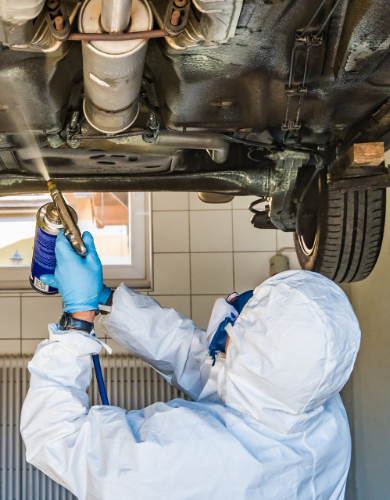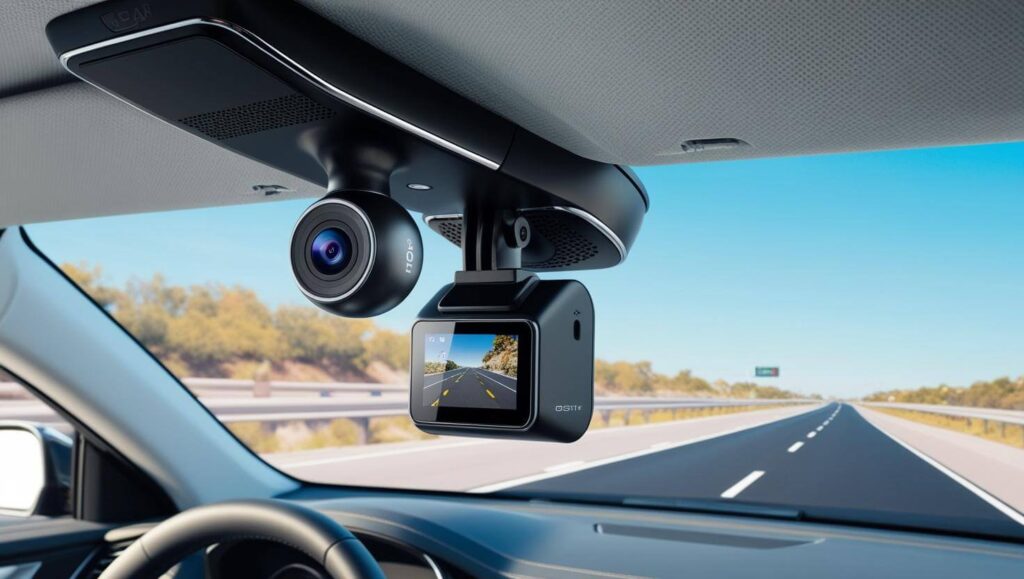We get in our cars, turn the key—or press the button—shift gears, and hit the road. It’s second nature. But how often do we stop and ask, “Where is the gearbox actually located?”
Strange, isn’t it? This essential component, the beating heart of motion and control in our vehicles, goes unnoticed, unthought-of, and sometimes even misunderstood. You interact with it every time you drive, and yet it hides quietly, doing its job without asking for attention. So today, let’s slow down for a moment and lift the veil on this mechanical marvel.
Because really—don’t we owe it that much?

What Exactly Is a Gearbox?
Before we find it, let’s first understand it.
A gearbox (also known as a transmission) is the component in a vehicle that takes the power generated by the engine and translates it into usable speed and torque for the wheels. It decides how much force your car sends to its tires, whether you’re cruising down the highway or inching along in bumper-to-bumper traffic.
Without the gearbox, your car would be all roar and no go.
But what makes it even more fascinating is its complexity—it’s not just one gear, but a series of gears, selectors, and synchronizers working together in harmony. Whether manual or automatic, the gearbox is what makes movement feel smooth, responsive, and safe.
So… Where Is the Gearbox Located?
Let’s get to the heart of the question. Where is it? The short answer: it’s attached to the engine.
But the longer, more thoughtful answer? That’s where things get interesting—and it depends entirely on the type of vehicle you’re driving.
In Most Cars: The Front-Mounted Gearbox
Most modern cars today—especially sedans, hatchbacks, and crossovers—use what’s known as a front-engine, front-wheel drive (FWD) layout. That means both the engine and the gearbox are located at the front of the vehicle.
More specifically, the gearbox is:
Mounted next to the engine.
Located beneath the hood, usually on the driver’s side.
Compact and partially hidden under engine covers and air intake systems.
It’s tucked away, out of sight, but it’s right there—attached to the engine, managing every gear shift with quiet confidence.
Manual vs. Automatic Gearbox Location: Is There a Difference?
Good question.
In Manual Transmission Vehicles:
The gearbox is smaller and lighter.
It’s connected to the engine via a clutch system.
In FWD cars, it’s next to the engine; in RWD cars, it’s mounted directly behind the engine and connected to the rear wheels via a driveshaft.
In Automatic Transmission Vehicles:
It’s larger, with more complex internal components like hydraulic systems and torque converters.
Still bolted to the engine, but usually housed in a slightly bigger casing.
Also located under the hood, but you’ll see more fluid lines and sensors around it.
So yes, there is a difference in complexity, but the physical location? Still right there beside or behind the engine.
What About Rear-Wheel Drive (RWD) Cars?
Now, let’s step into the world of performance sedans, classic muscle cars, or even pickup trucks. These often use a front-engine, rear-wheel drive layout.
Here’s how it works:
The gearbox is directly behind the engine.
From the gearbox, a driveshaft runs underneath the car to the rear axle.
If you sit in the driver’s seat, the gearbox is right beneath your gear shifter—just under the center console.
That gearstick you move? It’s not just symbolic. It connects you directly to a system running right underneath your armrest.
Cool, right?
What About Sports Cars or Supercars?
Ah, the thrill of performance. When we talk about mid-engine or rear-engine vehicles (think Ferraris, Lamborghinis, and some Porsches), everything changes.
Mid-Engine Cars:
The engine is right behind the passenger seats.
The gearbox? Sits directly behind the engine, tucked into the rear axle area.
Rear-Engine Cars:
Engine and gearbox are both in the very back.
The gearbox usually sits underneath or behind the engine.
In these vehicles, the gearbox is often more exposed underneath—making for easier cooling and faster shifts. It’s not just functional here—it’s part of the thrill.
What About Electric Cars—Do They Even Have Gearboxes?
This is a modern twist to our tale.
Most electric vehicles (EVs) don’t use traditional gearboxes. Instead:
They have a single-speed transmission.
Located within the motor assembly.
Mounted in the front or rear, depending on the drivetrain (some have motors on both axles).
So, while there is a gearbox of sorts, it’s incredibly simplified compared to gasoline or diesel vehicles. It still serves the function of converting motor energy into wheel movement, but without the complexity of shifting through multiple gears.
Isn’t it wild how innovation can both simplify and enhance performance?
The Truck and Motorcycle Exception
Let’s not forget our two-wheeled and heavy-duty friends.
Motorcycles:
The gearbox is integrated into the engine block.
It’s positioned just below the cylinder, and the rider shifts with a foot pedal.
Despite the small size, it’s one of the most intricate parts of a bike.
Trucks:
Gearboxes are often massive.
Located right behind the engine, connected to transfer cases and multiple axles.
In many commercial trucks, auxiliary gearboxes are added for heavy hauling.
The principles are the same, but the scale? That’s a whole different ballgame.
Why Does Knowing the Gearbox Location Matter?
It’s a fair question. After all, you don’t need to know where your gearbox is to drive. But maybe—just maybe—you should.
Why?
Maintenance Awareness: If you hear strange sounds, knowing where your gearbox is helps identify the source.
DIY Checks: Spotting leaks or odd vibrations becomes easier when you know where to look.
Appreciation: There’s something beautiful about understanding the machine you trust with your life every day.
Would you live in a house without knowing where the water shut-off valve is? Then why drive a car without knowing where the gearbox sits?
Signs of Gearbox Issues: Listen to Your Car
While we’re at it, let’s briefly talk about what can go wrong—and how location awareness can help:
Grinding or clunking noises from the engine bay or under the center console? Could be the gearbox.
Leaking transmission fluid? Check under the area where the gearbox sits.
Gears slipping or hard shifting? That’s your gearbox asking for help.
When your car speaks, listen. Its voice comes from the parts we rarely see.
The Gearbox: Often Overlooked, Always Vital
It’s easy to forget about the gearbox. It’s not flashy. It doesn’t roar like the engine or shine like the paint job.
But let’s be honest—without it, your car is going nowhere.
It’s the translator between raw energy and elegant motion. The conductor of your daily commute. The silent partner in every adventure.
And it’s been right there all along. Hidden, but not absent. Quiet, but not insignificant.
Final Thoughts: Maybe It’s Time We Paid It More Attention
So, the next time you shift into drive, or push the pedal on an electric ride, take a second to remember the gearbox. Not just as a technical part, but as a story of invention, engineering, and progress.
It doesn’t ask for much. No spotlight. No parade.
But maybe now, knowing where it is and what it does, you’ll treat it with the respect it deserves.
Because really—when was the last time you thanked your gearbox?


